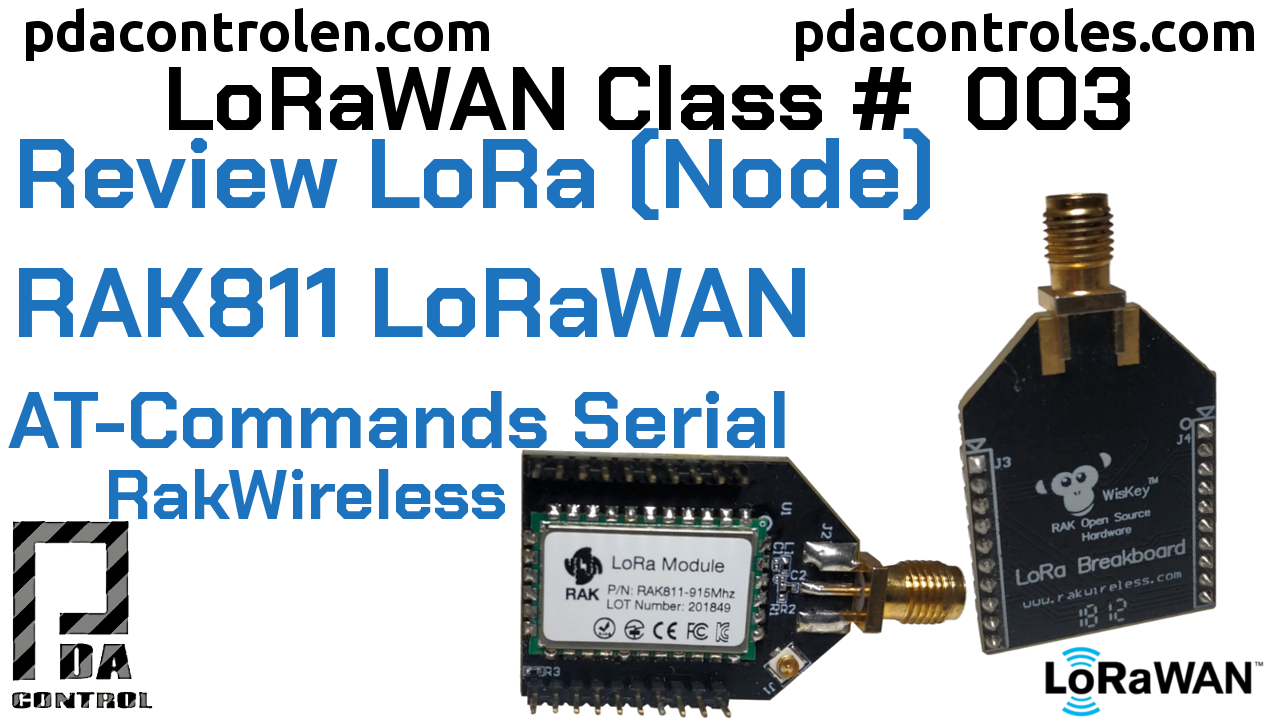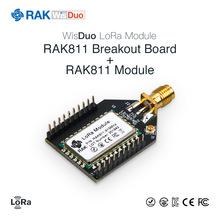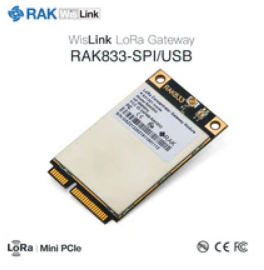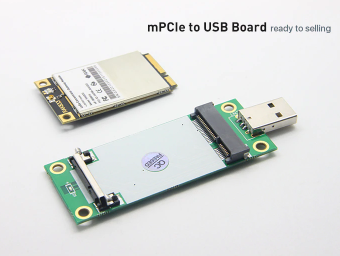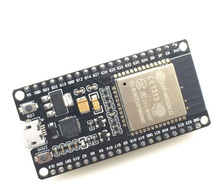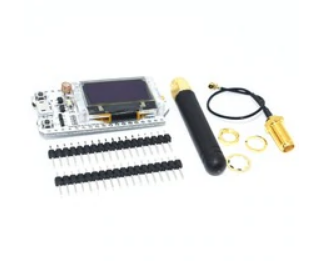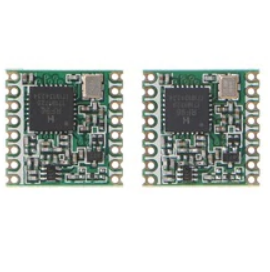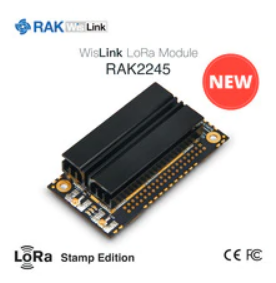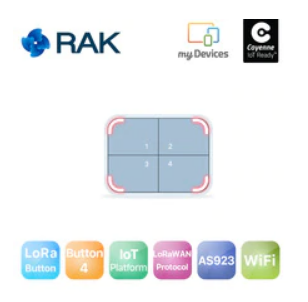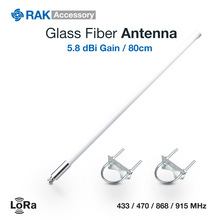Some time ago, in previous tutorials we have already determined some factors to choose the appropriate gateway (gateway LoRaWAN) for your LoRaWAN application, this tutorial was created gathering considerations before starting, with considerations scopes and concepts about LoRaWAN.
Based on these considerations, a robust, powerful and functional gateway or gateway has been assembled according to our needs, a RAK833-SPI / USB Multichannel Gateway was chosen, a perfect LoRaWAN hub module for those who wish to start LoRaWAN.
There are a large number of LoRaWAN nodes which can be sensors or actuators, both professional, semi-professional and manufactured by ourselves or DIY, On this occasion I present the RAK811 LoRaWAN node by RAKWireless .
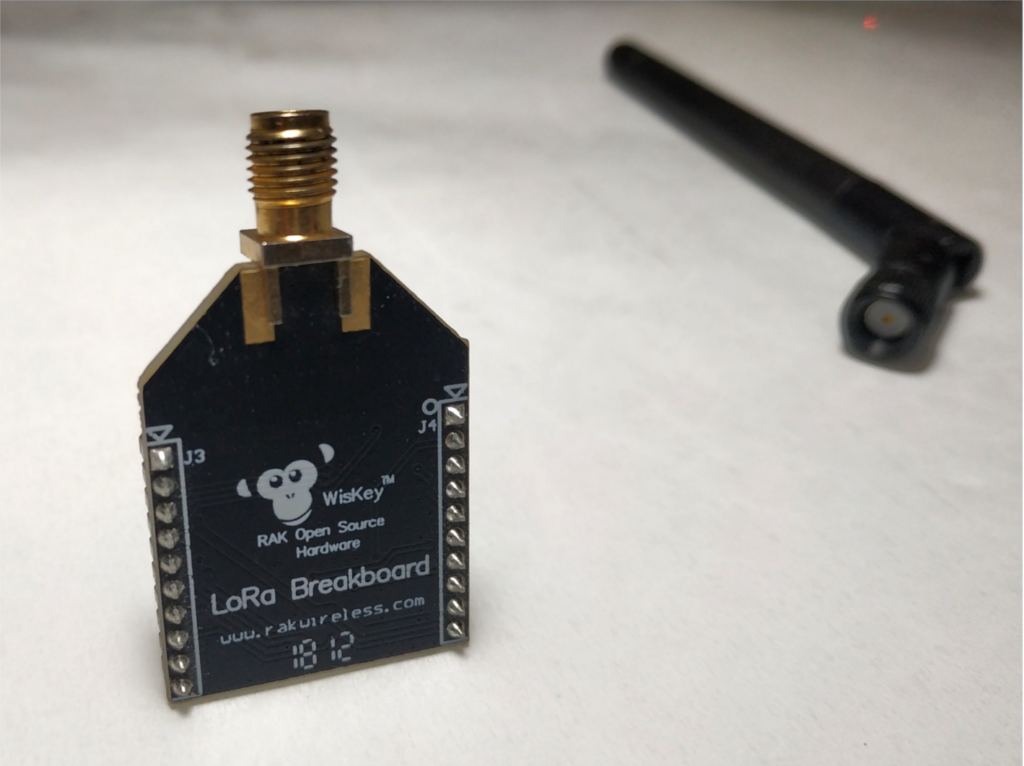
The LoRaWAN protocol is complex and there are no stable or updated libraries up to the current standard, many implementations for Arduino based on Lmi-c are basic, for initial or basic tests they worked relatively well.
We have previously performed tests with modules such as RFM95/96 for the creation of LoRaWAN nodes but in comparison to RAK811, they have a higher cost, but require little time for implementation or programming is a great benefit.
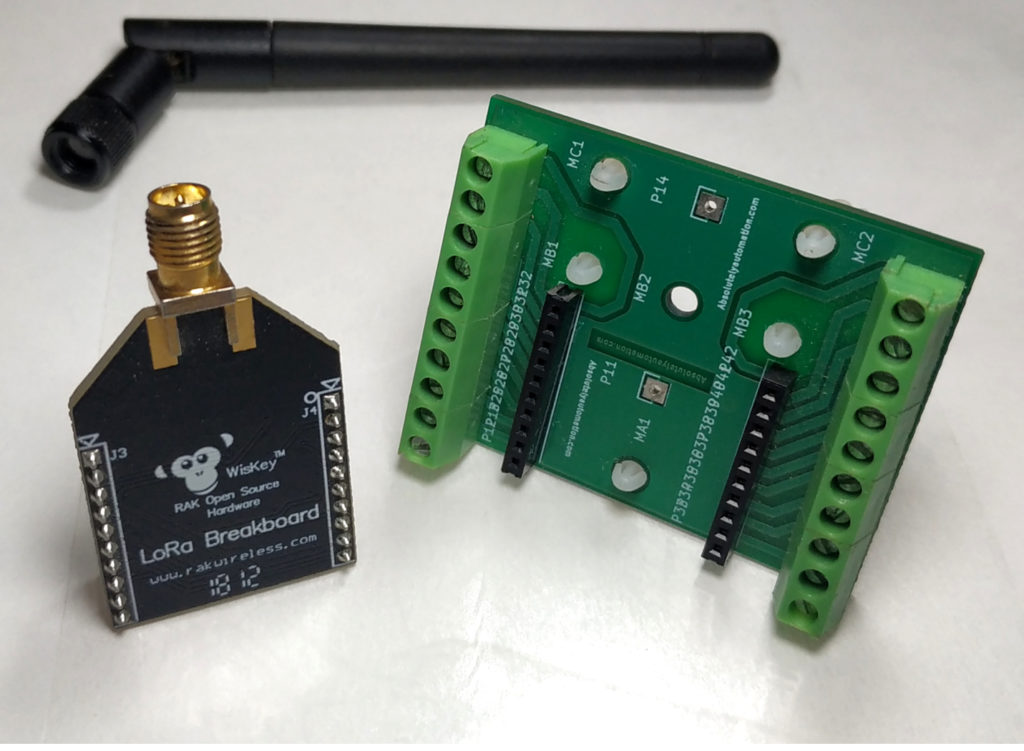
In the case of more complex applications, we chose LoRaWAN RAK811 nodes of RAKWireless, which already work technically alone and I guarantee you have to fight with native LoRaWAN libraries.
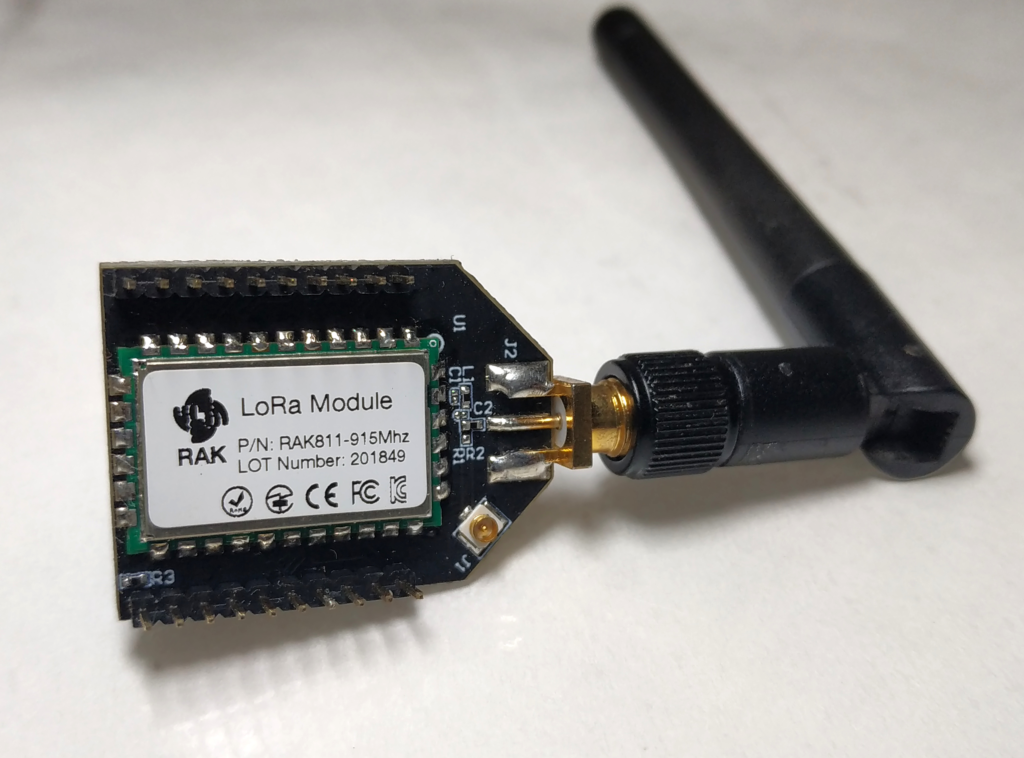
Characteristics
- Allows Classes A and C
- Allows LoRaWAN and LoRa point to point
- Integrates an SX1276 module and an STM32L
- AT commands by UART interface.
- Low power functions, for battery applications.
- High receiver sensitivity: up to -146 dBm
- TX power: adjustable up to +14 dBm high efficiency PA, maximum PA increase up to 20dbm
- FSK, GFSK and LoRa technology modulation
- Up to 15 km of coverage in suburban areas and up to 5 km in urban area (RAK Wireless estimates).
Specifications

Blocks diagram
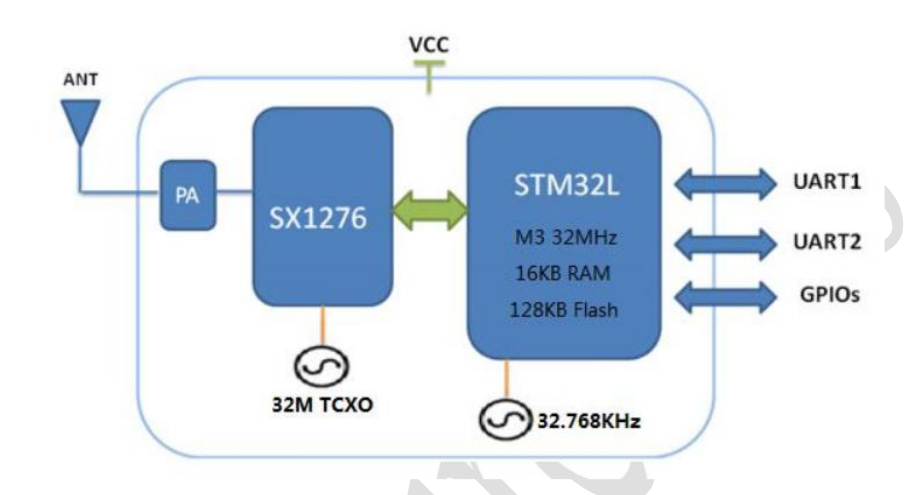
Pin List – Pinout
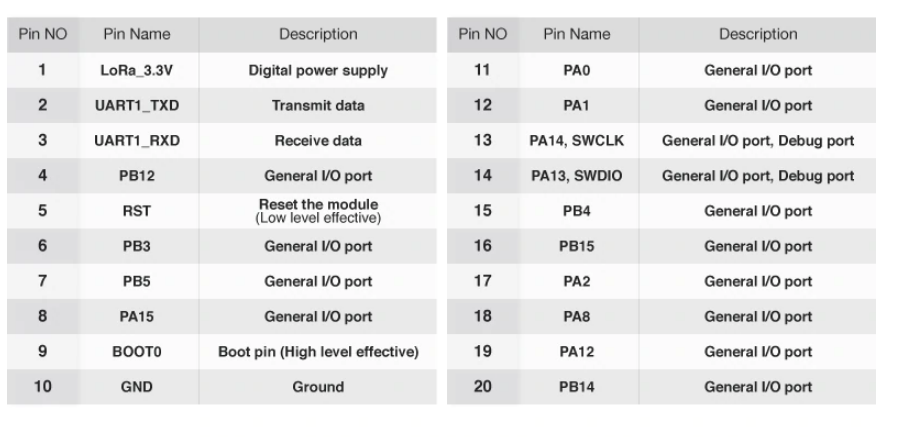
Order of Pines
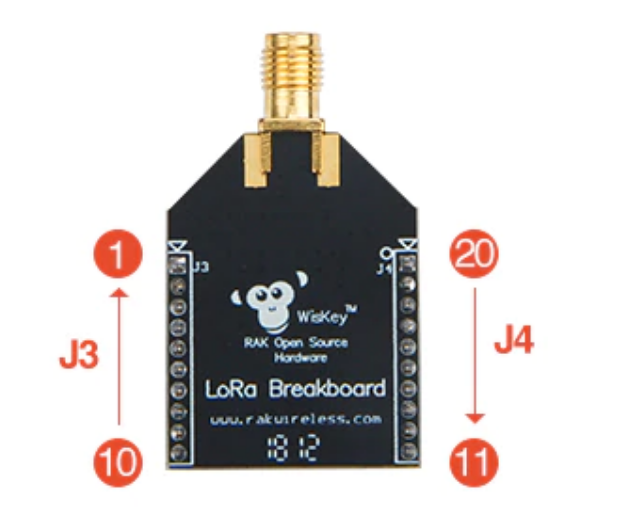
AT Commands
List of some available AT commands.
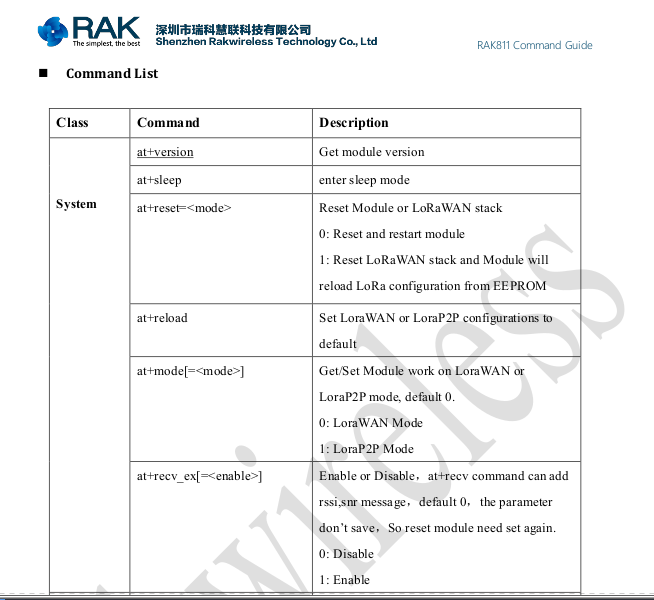
Materials and where to Buy
Node LoRaWAN RAK811 (AT Commands) + breakout
Others Recomended LoRaWAN
1 Module RAK833-SPI/USB + antenna IPEX
1 mPCIe to USB converter board for RAK833
Module ESP32 ESP-WROOM-32
Module ESP32 LoRa HELTEC – 915 MHz
Module/Radio RFM95 Hope Electronics 915Mhz
RAK2245 LoRa Pi Hat GATEWAY LoRa LoRaWAN
LoRaWAN Button RAK
Antenna 5.8dBi Fiberglass LoRa LoRaWAN
Quick test
In next tutorials we will make the full explanation of this test:
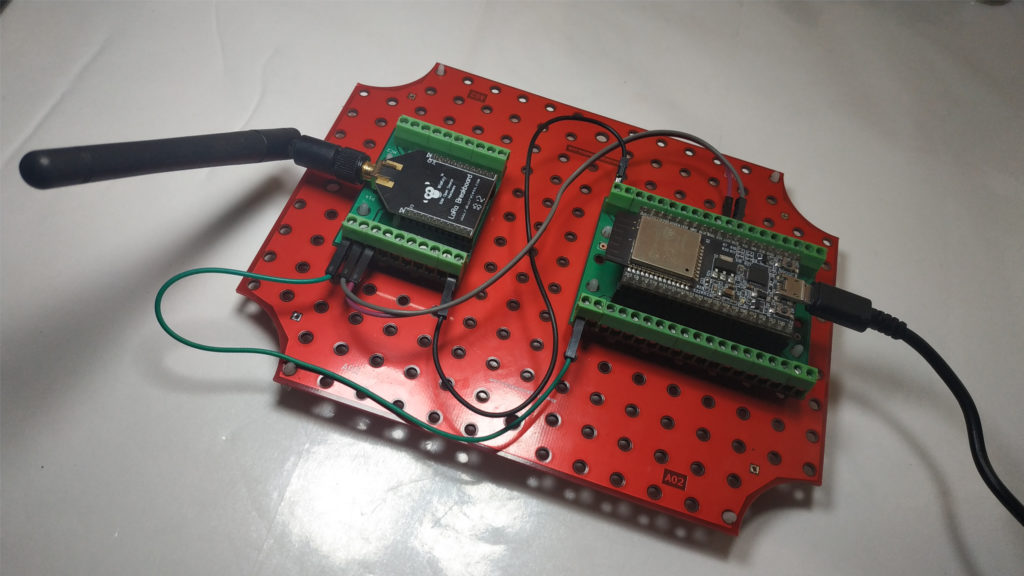
Requirements
- Module ESP32 DEV.
- Gateway Raspberry Pi, RAK833 or Gateway LoRa RAK2245 PI-HAT or Other Gateway LoRaWAN. Installed and configured LoRaServer or Chirpstack.
- RAK811 module + WisMonkey Base
- “Tusistemita” Assembly and Prototype System.
Note: In next tutorials I will indicate how to manufacture the “tusistemita” assembly system.
We have previously configured our gateway and installed LoRaserver or (Chirpstack).
Integration ESP32 + RAK811 in Arduino IDE
The ESP32 module through AT commands configures the RAK811 node.
To perform Join in a LoRaWAN network, the following command is sent via serial.
Command: at+join=otaa
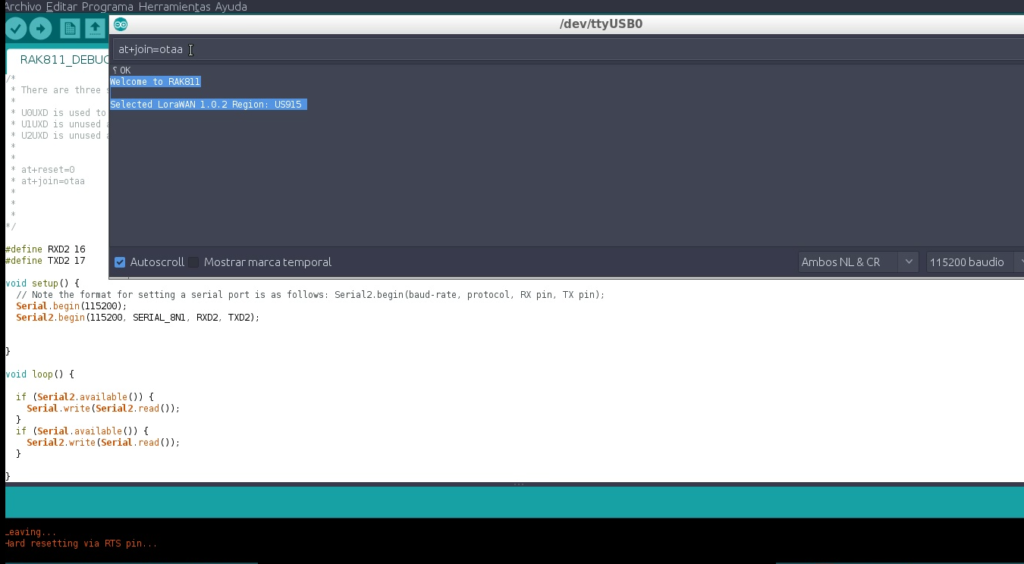
- OTAA configuration
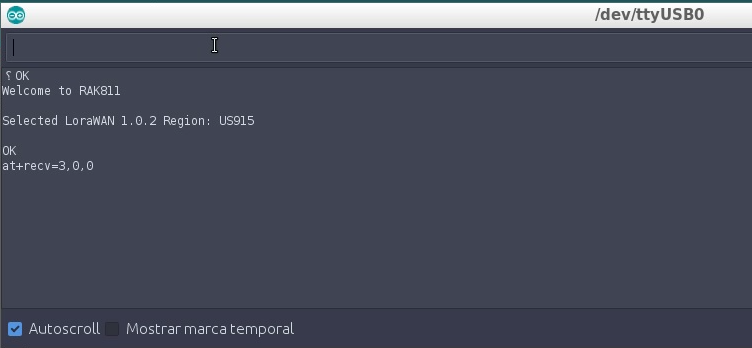
Chirpstack (LoRaServer)
Uplink to Chirpstack, connection with node RAK811 (Join Accept)
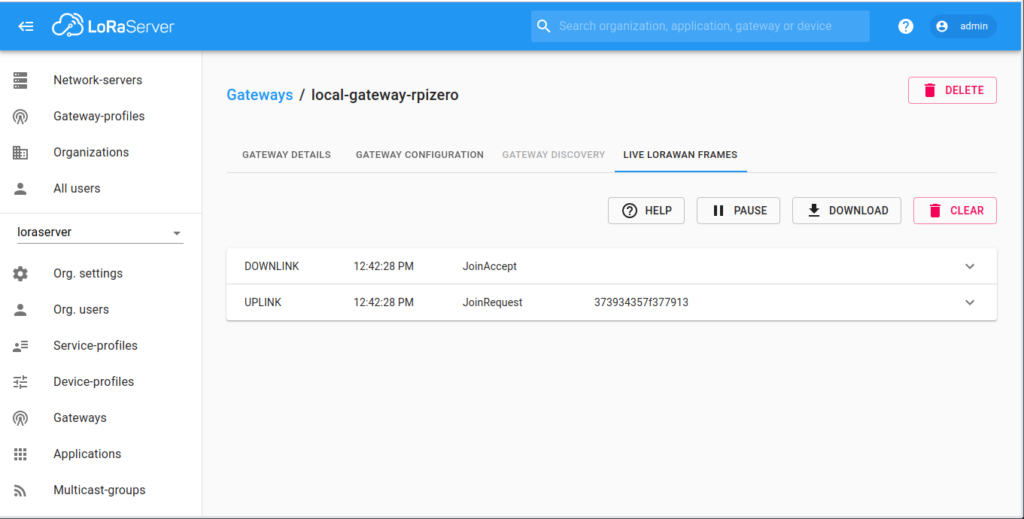
Full Video: Review module LoRaWAN RAK811
Advantage
- Full documentation by RAKWireless
- Easy implementation of LoRaWAN nodes, with AT commands.
- It does not require specific library configurations, the complete LoRaWAN Stack.
- Allows firmware updates to STM32L module for new functions.
- If required, the STM32L can be programmed directly without requiring an additional microcontroller.
Conclusions
If you want to implement a LoRaWAN network and not waste time or money, I recommend considering using these RAK811 nodes.
There are a variety of libraries, Arduino such as Lmi-c, which for quick tests work, but they are not complete implementations.
These RAK811 nodes with an AT command send and few steps allow two-way communication between LoRaWAN servers, without complications.
In comparing the RFM95/96, the RAK811 are more complete, they are more expensive but this is reflected in their little requirement to configure, technically they are plug and play, serial compatible with any microcontroller.
Another possibility of these modules is to update the firmware and explore other new features proposed by RAKWireless.
Thanks again for being in PDAControl, regards.
